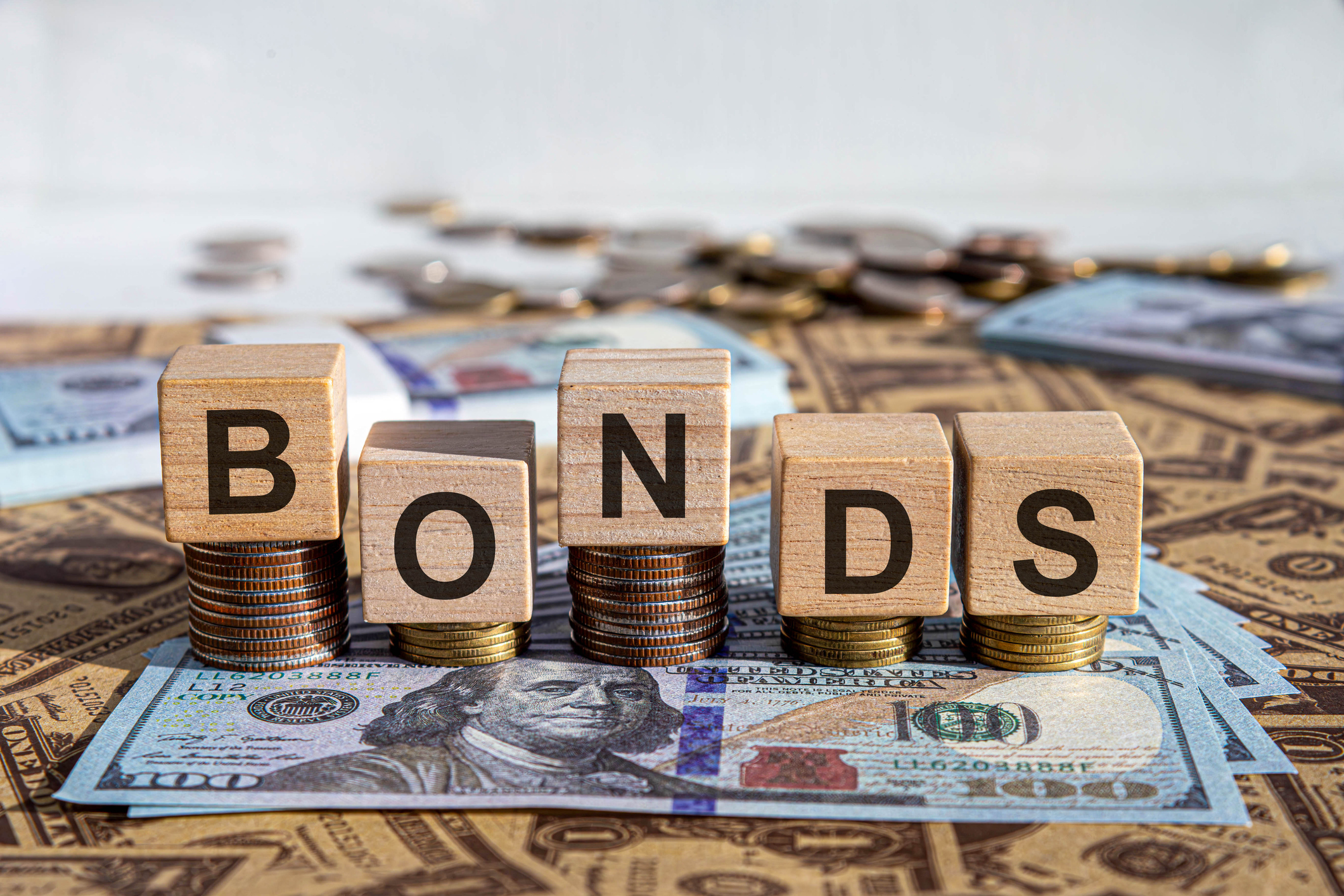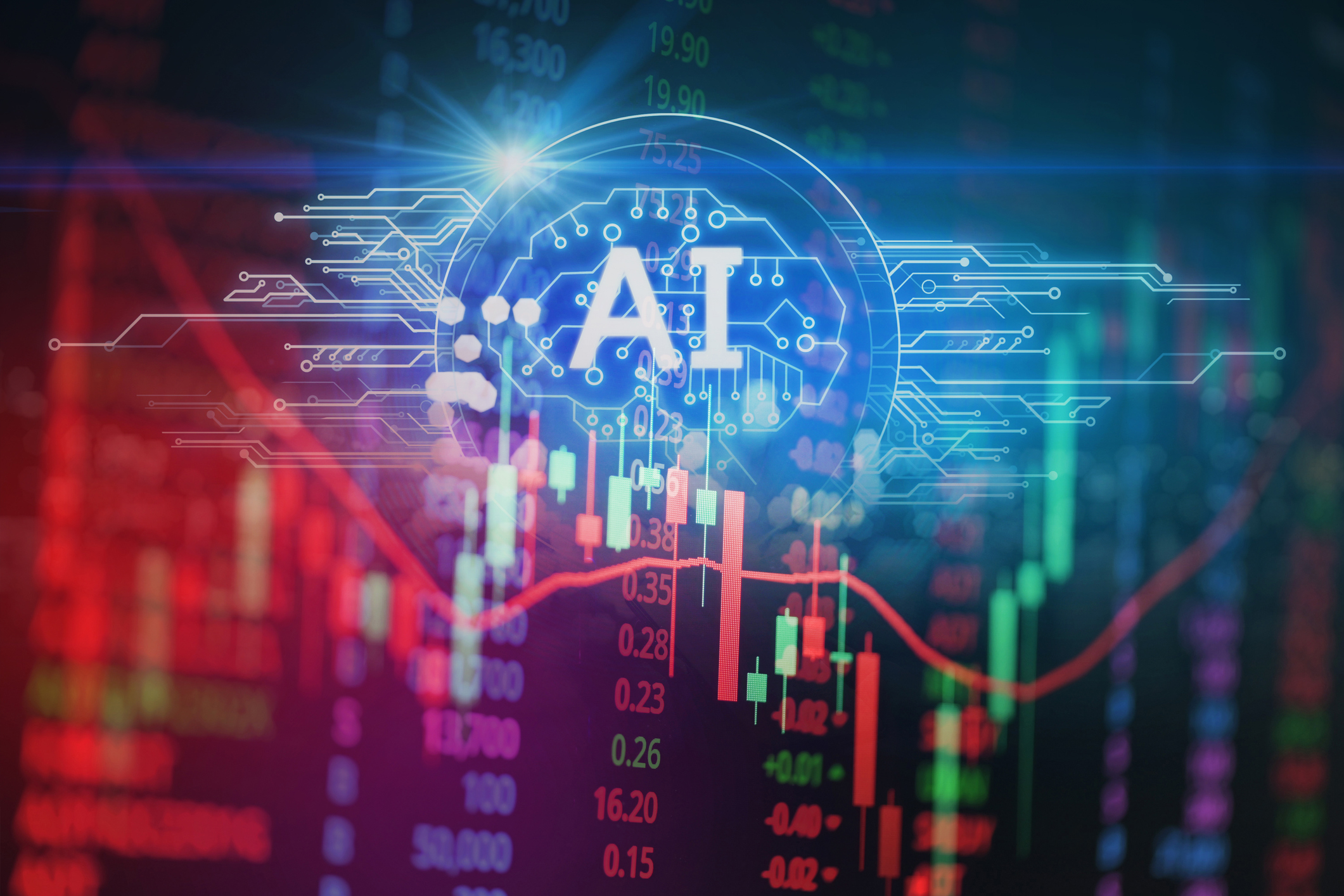Federal Reserve to Buy Debt
With the recovery flagging, the country's monetary policymakers hope the Fed's shopping spree, pumping billions into the economy, will help.

The Federal Reserve's latest policy action is aimed less at improving the economy than at preventing further deterioration. The strategy is to buy more time, for housing to stabilize, for consumers to pay down debt and resume spending, and for economic growth to increase to a sustained 3% clip. Faced with a "disappointingly slow" economy, Fed Chairman Ben Bernanke felt that the policymakers had little choice. GDP is growing at a meager 2%, much too low to spur job creation or to lower the unemployment rate, which stands at 9.6%, a tenth of a point higher than when the recession ended in June 2009.
With its key short-term interest rate near zero since December 2008, the Fed can't use that weapon. So it is turning to "quantitative easing," or QE. It will buy about $100 billion a month worth of Treasury debt for at least six months, effectively pumping funds into the system.
This isn't the first time the central bankers have made such a move. The Fed bought $1.75 trillion in debt in 2009. But that debt was mostly bonds backed by mortgages, and the move was aimed at reviving the mortgage market and spurring lending by lowering rates on home loans. Early this year the Fed planned to end the purchases, but it backed off when the economy slowed starting in late spring.
From just $107.88 $24.99 for Kiplinger Personal Finance
Become a smarter, better informed investor. Subscribe from just $107.88 $24.99, plus get up to 4 Special Issues

Sign up for Kiplinger’s Free Newsletters
Profit and prosper with the best of expert advice on investing, taxes, retirement, personal finance and more - straight to your e-mail.
Profit and prosper with the best of expert advice - straight to your e-mail.
Now officials have a somewhat different goal. Because trading in Treasuries is functioning well, the Fed is betting on a spillover effect benefiting other financial channels such as stocks, corporate bonds and the dollar. Bernanke figures the move will prevent mortgage rates and corporate bond rates from going up, and will support the stock market by attracting investors who turn away from lower yielding bond markets. And, as a by-product, the dollar's value will ease -- eventually paying off for U.S. exporting companies and their workers.
Don't expect the move to deliver a big punch. Economists figure this round of QE will lower 10-year Treasury yields by about a quarter-point and boost GDP by maybe 0.3 points in 2011.
The move doesn't have the unanimous support of the country's central bankers. A handful of officials on the policy-setting Federal Open Market Committee argue that the Fed is sowing the seeds for a spurt of inflation starting in 2011. They prefer that the economy heal on its own, even if that means even higher unemployment for a while. So far, though, the dissenters are a minority. And Bernanke actually would like the QE to increase expectations of higher inflation around the bend. He's much more worried about the alternative: a stagnant economy with falling prices that leads to deflation.
What Bernanke is really wishing for is another round of fiscal stimulus from Congress, in the form of either higher spending or lower taxes. But that's unlikely, particularly given the election results. They raise the odds that partisan bickering will worsen, with inaction the outcome.
Profit and prosper with the best of Kiplinger's advice on investing, taxes, retirement, personal finance and much more. Delivered daily. Enter your email in the box and click Sign Me Up.

-
 Changes Are Coming for This Invesco Bond Fund
Changes Are Coming for This Invesco Bond FundThe Invesco BulletShares 2026 Corporate Bond ETF's bonds will mature in 2026. Here's what investors should do.
-
 What Science Reveals About Money and a Happy Retirement
What Science Reveals About Money and a Happy RetirementWhether you’re still planning or already retired, these research-based insights point the way to your best post-work life.
-
 7 Retirement Planning Trends: What They Mean for You in 2026
7 Retirement Planning Trends: What They Mean for You in 2026From government shutdowns to market swings, the past 12 months have been nothing if not eventful. The key trends can help you improve your own financial plan.
-
 Disney’s Risky Acceptance of AI Videos
Disney’s Risky Acceptance of AI VideosThe Kiplinger Letter Disney will let fans run wild with AI-generated videos of its top characters. The move highlights the uneasy partnership between AI companies and Hollywood.
-
 AI Appliances Aren’t Exciting Buyers…Yet
AI Appliances Aren’t Exciting Buyers…YetThe Kiplinger Letter Artificial intelligence is being embedded into all sorts of appliances. Now sellers need to get customers to care about AI-powered laundry.
-
 What to Expect from the Global Economy in 2026
What to Expect from the Global Economy in 2026The Kiplinger Letter Economic growth across the globe will be highly uneven, with some major economies accelerating while others hit the brakes.
-
 The AI Boom Will Lift IT Spending Next Year
The AI Boom Will Lift IT Spending Next YearThe Kiplinger Letter 2026 will be one of strongest years for the IT industry since the PC boom and early days of the Web in the mid-1990s.
-
 Amid Mounting Uncertainty: Five Forecasts About AI
Amid Mounting Uncertainty: Five Forecasts About AIThe Kiplinger Letter With the risk of overspending on AI data centers hotly debated, here are some forecasts about AI that we can make with some confidence.
-
 Worried About an AI Bubble? Here’s What You Need to Know
Worried About an AI Bubble? Here’s What You Need to KnowThe Kiplinger Letter Though AI is a transformative technology, it’s worth paying attention to the rising economic and financial risks. Here’s some guidance to navigate AI’s future.
-
 Will AI Videos Disrupt Social Media?
Will AI Videos Disrupt Social Media?The Kiplinger Letter With the introduction of OpenAI’s new AI social media app, Sora, the internet is about to be flooded with startling AI-generated videos.
-
 What Services Are Open During the Government Shutdown?
What Services Are Open During the Government Shutdown?The Kiplinger Letter As the shutdown drags on, many basic federal services will increasingly be affected.